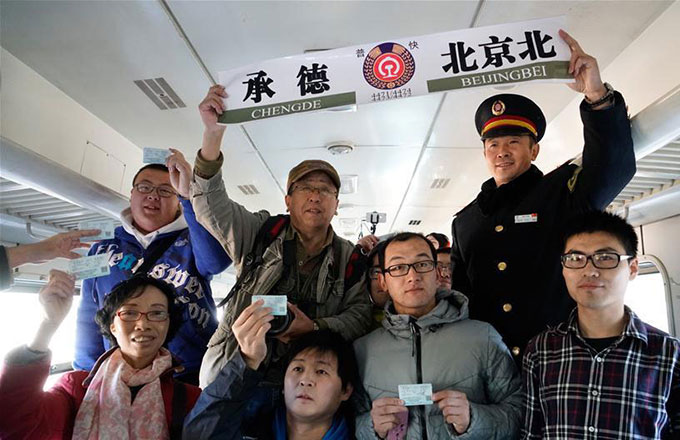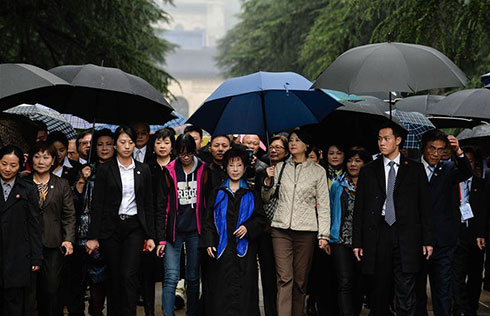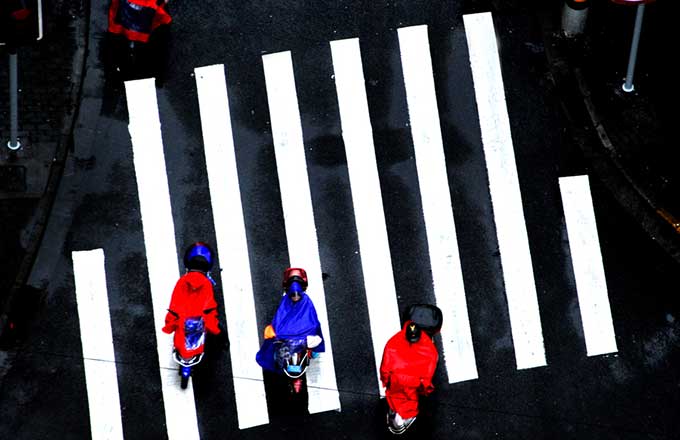Handwriting, symbols found at emperor's tomb
Handwriting and symbols were recently discovered at the tomb of Emperor Liu He from the Western Han Dynasty (206 BC-AD 24), as archaeologists began dismantling the outer coffin, according to Nanchang Evening News.
Liu He (92-59 BC), who was later given the title Haihunhou (the Marquis of Haihun), was the grandson of Emperor Wu, the greatest ruler of the Han Dynasty (206 BC-AD 220), a prosperous period in Chinese history.
Archaeologists began to dismantle the main coffin chamber of Liu He's tomb in September, with the third level of the tomb currently under extraction. Crosstie and charcoal is still to be extracted, which might reveal remains of sacrifices or other relics.
Archaeological expert Yang Jun said that they found handwriting and symbols on the coffin, adding that their meanings are still unknown, but that they appear to offer information about the coffin, such as its size and origin. Yang said that the dismantling work will last for two months. Archaeologists will number each piece of wood removed from the coffin, which will be recorded, photographed and scanned before being dismantled.
After that, experts will excavate or dissect the bottom of the tomb for two months. The dismantled wood will be dehydrated, undergo insect and pollution proofing, and be restored to its original position after excavation work is complete.
When archaeological work on Liu He's tomb comes to an end, excavation of the No 2 tomb, which belongs to Liu He's wife, will begin, pending the approval of the State Administration of Cultural Heritage.



















